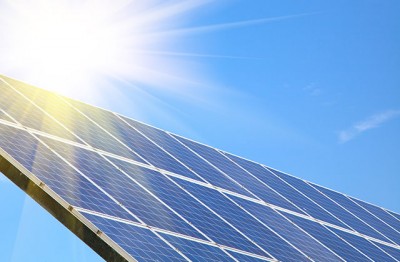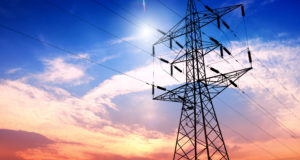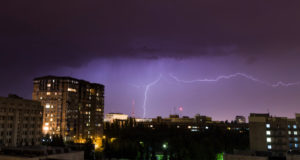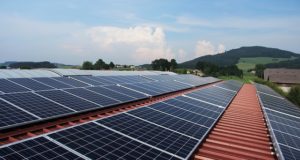
Image source: https://marketing.ecacolleges.com/
Solar power is definitely emerging as the preeminent alternative energy form. Few power generation technologies are as simple, robust or affordable as solar power.
Sure, some geographic areas have steady, predictable winds, and thus wind farms make sense. Other localities have access to moving water, and thus hydropower generation technologies are a good choice. But every location gets exposure to the sun, and thus solar power should make the most sense of them all. Even if you do live in a reliably windy area or have access to a fast-moving creek on your property, it’s likely that solar still makes more sense. Oftentimes, city ordinances and prohibitive fees interfere with your anticipated power-generation plans, and sometimes an unsightly wind rotor or hydro equipment mounted on your creek can get you in hot water even if the equipment resides entirely on your property.
While solar power is definitely a champ when it comes to clean and silent power generation, potential solar panel buyers need to become acquainted with the vagaries of sunlight, and the way it relates to their power output. While it seems obvious that the sun is required to power solar panels, which in turn put out electricity, most people don’t fully realize that how much sun for how long is the question they need to be asking. Not all of the sun’s rays are created equal.
Harness the power of the sun when the power goes out…
Most people are under the impression that the sun shines for about 12 hours per day on average. Most solar calculations are based upon how many hours of direct overhead sunlight a location will receive. Here are some considerations to think about:
How much sun do I really get? The best way to figure this out exactly is to go online and look at what’s called a solar insolation map. No, we don’t mean insulation. We mean insolation – which is essentially a map of how much direct overhead sunlight your location receives. These maps are made based on the month of the year, meaning there will be a map for January, February, etc., and so on. Since the Earth’s position changes in relation to the sun, these maps are updated based on what time of year it is.
What time of year is it? The time of year plays a part in how much sunlight your panels will receive. Not only is it typically cloudier in the winter in most places in the continental United States, the sun is further away from the Earth in the winter, meaning that the sun’s rays will be weaker, meaning that your panels will not put out the same amount of power as they would in the summer.
How cloudy is it? Although solar panels are still producing voltage on a cloudy day, the clouds act as a shield over the sun’s rays and weakens their strength. Be realistic about your location’s annual cloudiness, and realize that cloudiness for solar panel purposes doesn’t just mean clouds — it means any barrier to the sun such as fog.
Shade: Clearly, solar panels don’t work at night, but did you realize they don’t work nearly as well in the shade? Shade can be generated by tall buildings, mountains, or even your neighbor’s trees. Before you splurge on that solar system, get a ladder and get on your roof at various times of the day to see what, if any, shade hits the roof. You might be surprised at what you find.
By doing your research, you’ll know how many solar panels you need to achieve what you desire. Solar panels make great sense, and every home should endeavor to have a set. The power you produce not only helps the environment, it is clean and silent — and cost-effective.
 Off The Grid News Better Ideas For Off The Grid Living
Off The Grid News Better Ideas For Off The Grid Living




